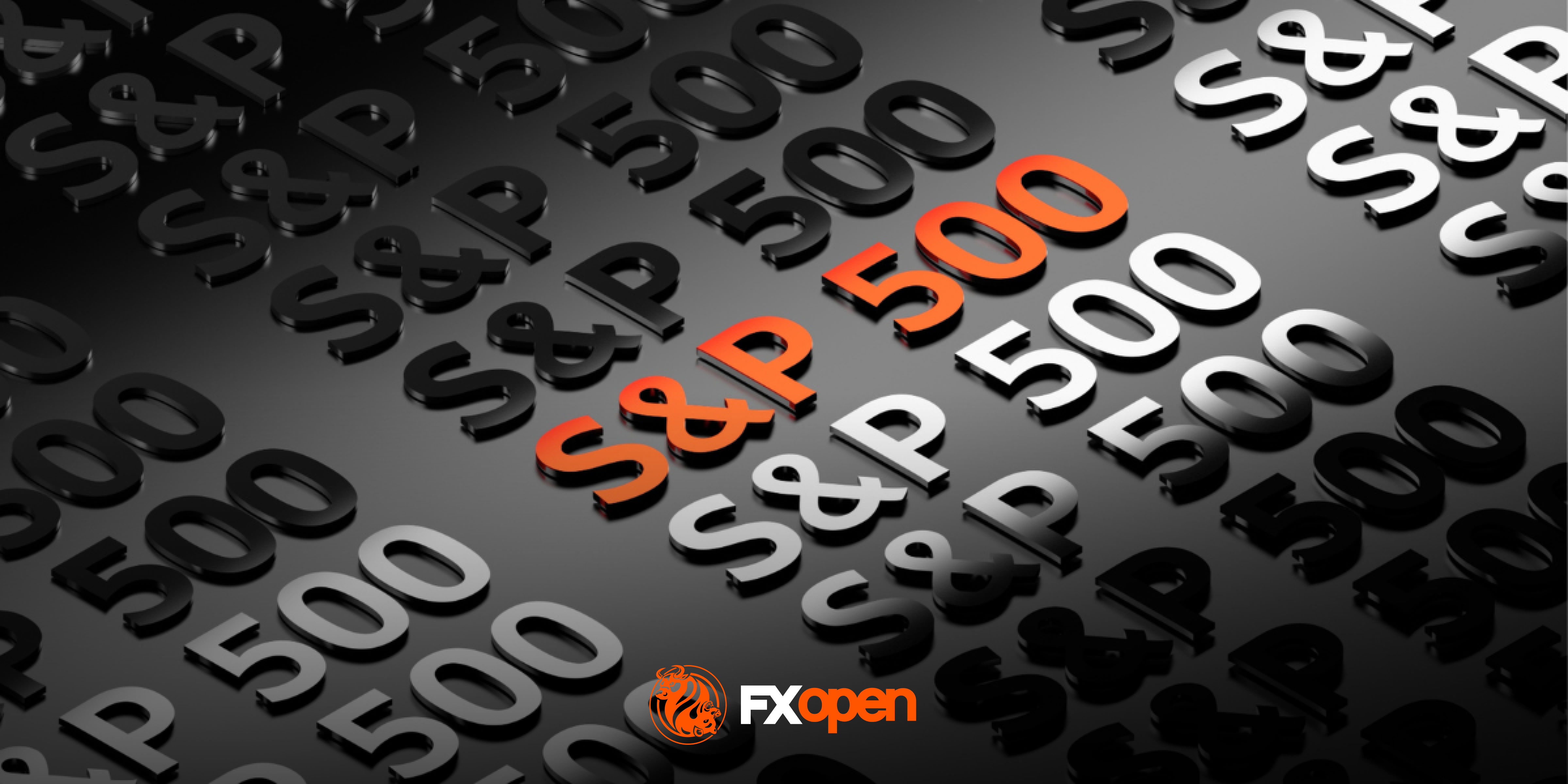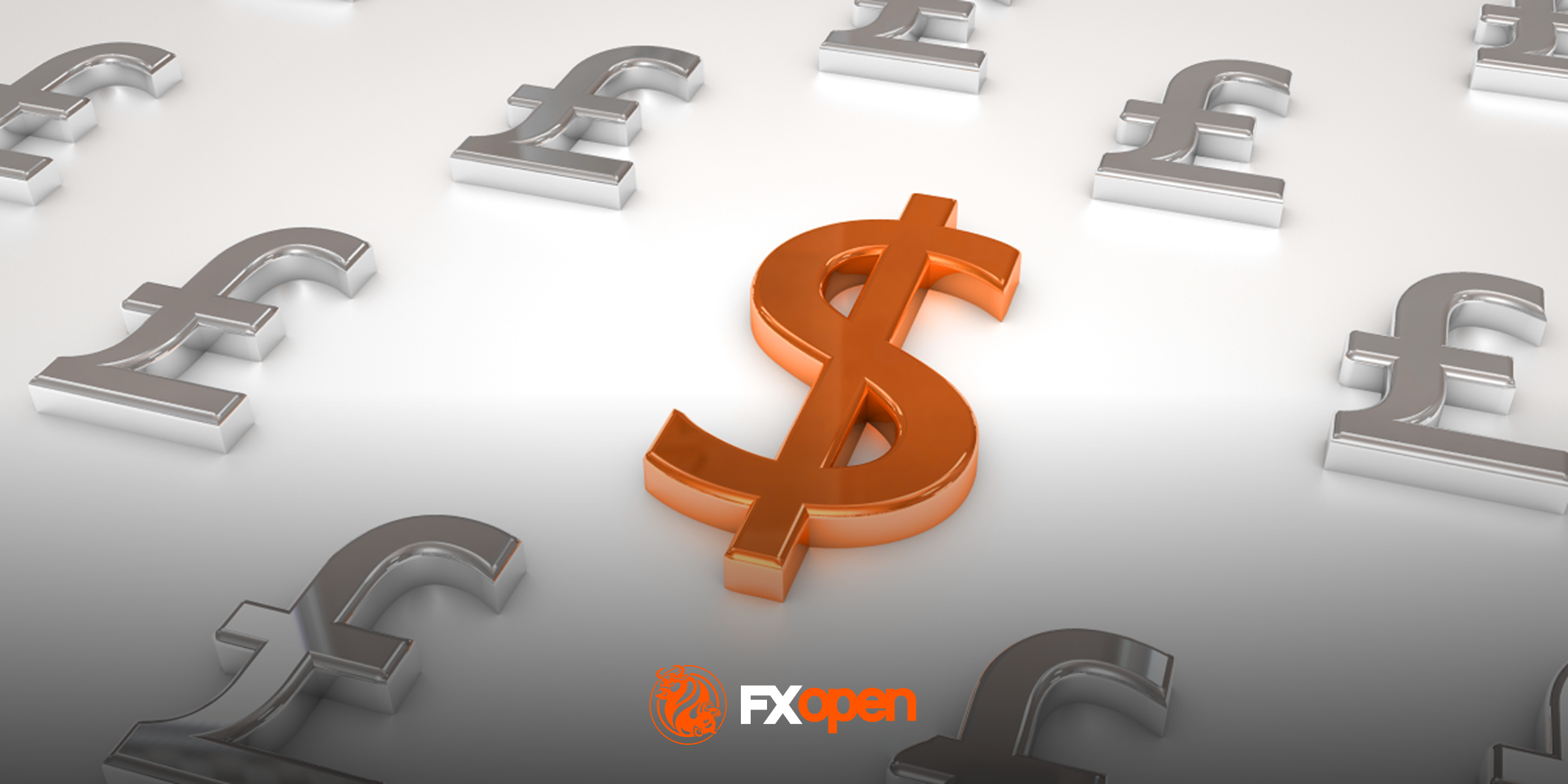FXOpen

If you want to start trading on the foreign exchange market, the very first thing to do is to learn the basics. You need to find out what forex is, how FX trading works, what currency pairs are there, and how to choose a currency pair to trade. In this guide, we’ve gathered all the relevant information you need to get started.
At FXOpen, we care about the experience of our users, so if you feel you need more data, you can explore our blog to make informed decisions. To view online charts, you can go to the multi-asset trading platform TickTrader and enjoy advanced analytical tools.
Understanding the Basics of Forex
What is forex? Forex, or FX, is short for foreign exchange – this is a global marketplace where banks, organisations, and investors trade national currencies. Forex is the largest and the most liquid market globally, with a daily turnover of $7.5 trillion, as of March 2023. It has no centralised location, and no authority oversees it, so it’s an over-the-counter market.
Forex trading stands for exchanging one currency for another. There are several reasons for money exchange, including commercial needs, international trade, tourism, and trading. Forex trading is available 24 hours a day, on weekdays.
A Brief Explanation of Forex Trading
Foreign exchange trading is based on the day-to-day value, or the exchange rate, of currencies. Forex traders use fluctuations in currency values to gain profit. There are the spot, the forward, and the futures foreign exchange markets. At FXOpen, clients can trade currency pairs via contracts for difference (CFDs). You can open an FXOpen account to examine how forex trading works.
Currency Pairs and Exchange Rates
On the foreign exchange market, people trade currency pairs. Each currency has a three-letter ISO symbol. For example, GBP is the British pound, and USD is the US dollar. Currencies form pairs like EUR/USD or GBP/TRY, priced in terms of one versus the other.
There’s a base currency and a quote currency, and you sell the quote currency to buy a base one. For example, the EUR/USD rate shows what amount of US dollars you need to buy a single euro. If the rate is 1.0760, that means it will cost you 1.076 USD to buy one EUR. The same logic applies to other currency pairs.
There are bid and ask prices. The bid is the price at which you can sell a currency pair, and the ask is the price at which you can buy it.
Does It Matter Which Currency Pair You Choose in Trading?
Sure, a currency pair determines the strategy a trader implements. The most important factor to consider is the currency type and trading sessions.
Currency Pairs: Types
Currency pairs are divided into three categories. Majors are the most popular pairs with the lowest spreads and large trading volumes. The most tradable ones are:
- EUR/USD
- USD/JPY
- GBP/USD
- USD/CHF
- AUD/USD
- USD/CAD
Minor currency pairs refer to pairs that have less daily trading volume than the major forex pair but include at least one of the world’s major currencies. For example, EUR/NZD or AUD/NZD.
Exotic currency pairs have a currency of an emerging or developing nation and a major currency. These are USD/CNH, USD/MXN, USD/TRY, etc.
Major pairs are popular due to their high liquidity and low spreads. EUR/USD is the most traded currency pair. Exotic pairs are less liquid and mostly require experience, as their spreads are typically much wider. So, you need to check all the details about each currency in the pair of your choice and about the pair as a whole to succeed in trading.
Trading Sessions
Each currency pair has a time when it’s most active and, thus, more volatile. The level of activity depends on the trading session. Trading sessions are based on the local “work day” of traders from four major cities. The activity of traders increases the trading volume, and there are tighter spreads and less slippage. It’s best to trade when several trading sessions overlap.
The 4 major trading sessions are:
- London (08:00 – 17:00 GMT)
- New York (13:00 – 22:00 GMT)
- Sydney (22:00 – 07:00 GMT)
- Tokyo (00:00 – 09:00 GMT)
Influence of Economic Factors on FX Trading
When choosing which forex pair to trade, traders pay attention not only to trading sessions and pair types but also to factors that affect the pair’s value. Economic factors are one of these. Traders monitor macroeconomic statistics, such as inflation, economic growth, GDP, and employment data. International trade figures, such as trade deficits and surpluses, also influence forex markets.
Tips for Tracking Economic Data
You can keep track of all data in the FXOpen economic calendar so that you don’t need to search the web too much. There are also national and regional sources, business data, and various indices. Try to follow the news and regularly check economic updates to stay informed.
Experienced traders are always aware of the most important events that have a significant impact on the forex market. You can highlight such events in the calendar in advance because they potentially create high volatility in the market.
Most traders close their positions when they see news that may impact the currency they trade. However, there are also those who trade on the news – scalpers.
Geopolitical Factors in Foreign Exchange
Understanding how politics affects the forex market is essential for traders. Geopolitical issues, like changes in political power, trade issues, and military activity, can significantly impact the performance of financial assets. Typically, geopolitical tensions make traders get rid of risky assets and invest in “safe haven” assets. However, this doesn’t mean all risky assets will weaken, and refuge currencies will skyrocket. Traders determine assets that can be affected by particular events.
How to Stay Informed on Geopolitical Events
Regulations, change of authorities, conflicts between countries – all this is widely discussed by the media sources, so you can simply subscribe to the largest national and regional news portals and check the information you need. For example, you could add the BBC, the New York Times, Money Magazine, The Economist, the Financial Times, and the Guardian to your watchlist. You can also check the news at FXOpen. We highlight the most important events and provide market analysis for affected assets.
Technical Analysis
Following the news is not the only possible approach. You can conduct a technical analysis to make a prediction on the further price movement of a particular currency pair. Technical analysis is used in the forex market to help traders identify potential trading opportunities based on past market behaviour and price patterns.
Tools for analysis include chart and candlestick patterns, support and resistance levels, and indicators. Technical analysis helps traders choose currency pairs based on volatility, accurate entry and exit points, overbought and oversold conditions, and more.
Different Types of Trading Approaches
The choice of a currency pair will also depend on your trading approach.
- Scalping: a trading approach where traders aim to make small profits by buying and selling assets within seconds or minutes. Scalping is based on quick price changes.
- Day trading: a short-term trading approach where traders buy and sell assets within the same day, usually within minutes or hours. Day traders take advantage of small price movements and close all positions by the end of the day.
- Swing trading: this approach involves holding positions for a few days to a few weeks to capture larger price movements, which commonly happen within trends.
- Trend trading: involves following the overall direction of a market trend, either up or down, and opening trades only in the trend direction.
- Position trading: traders hold positions for weeks, months, or even years. Position traders rely on fundamental analysis to select assets with strong long-term growth potential.
What Is a Forex Broker and How Can You Choose One?
One more step you need to take to start trading is to choose a forex broker. Online forex brokers serve as intermediaries, providing retail and professional traders with access to trading platforms to speculate on currency price movements.
Most brokers offer leverage, allowing traders to take large forex positions with a small deposit. However, it’s important to keep in mind that trading with leverage magnifies both potential profits and losses. To find the right broker, you need to analyse what it offers. Look for a user-friendly trading platform with a range of trading tools, a wide range of tradable assets, low fees, good customer support, and additional educational resources. At FXOpen, we are sure to meet your needs.
This article represents the opinion of the Companies operating under the FXOpen brand only. It is not to be construed as an offer, solicitation, or recommendation with respect to products and services provided by the Companies operating under the FXOpen brand, nor is it to be considered financial advice.
Stay ahead of the market!
Subscribe now to our mailing list and receive the latest market news and insights delivered directly to your inbox.







